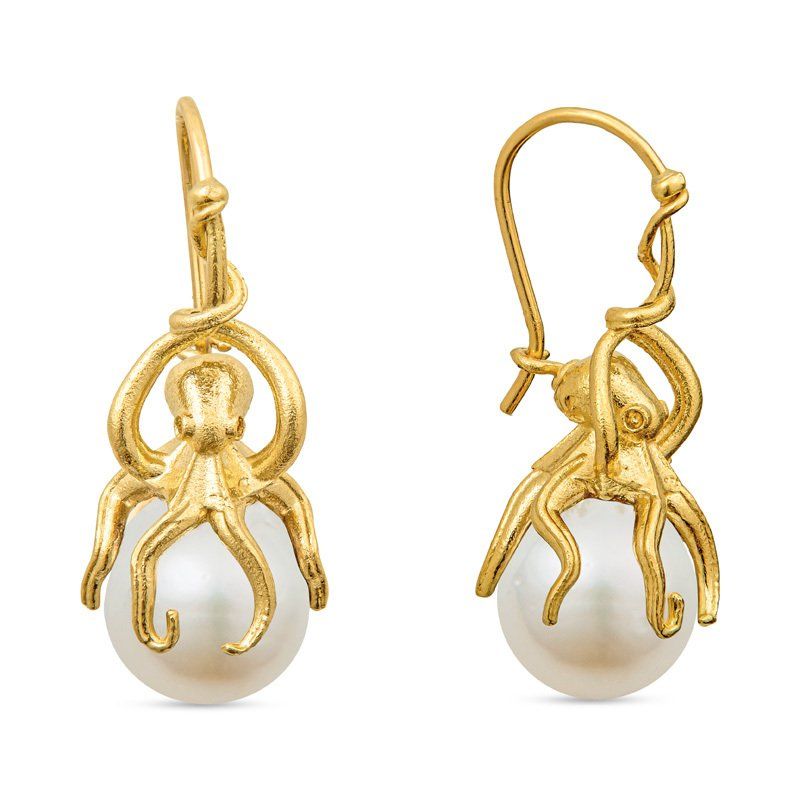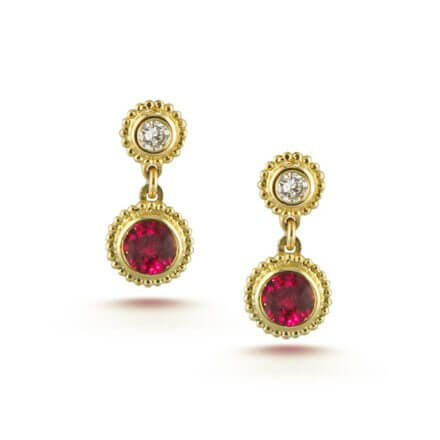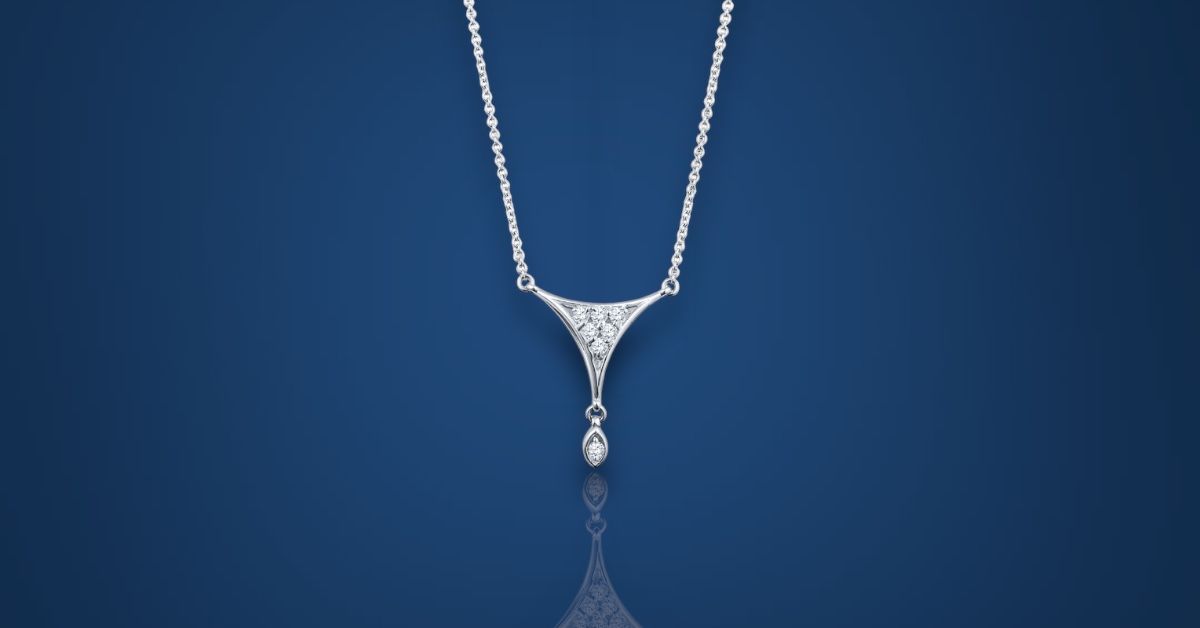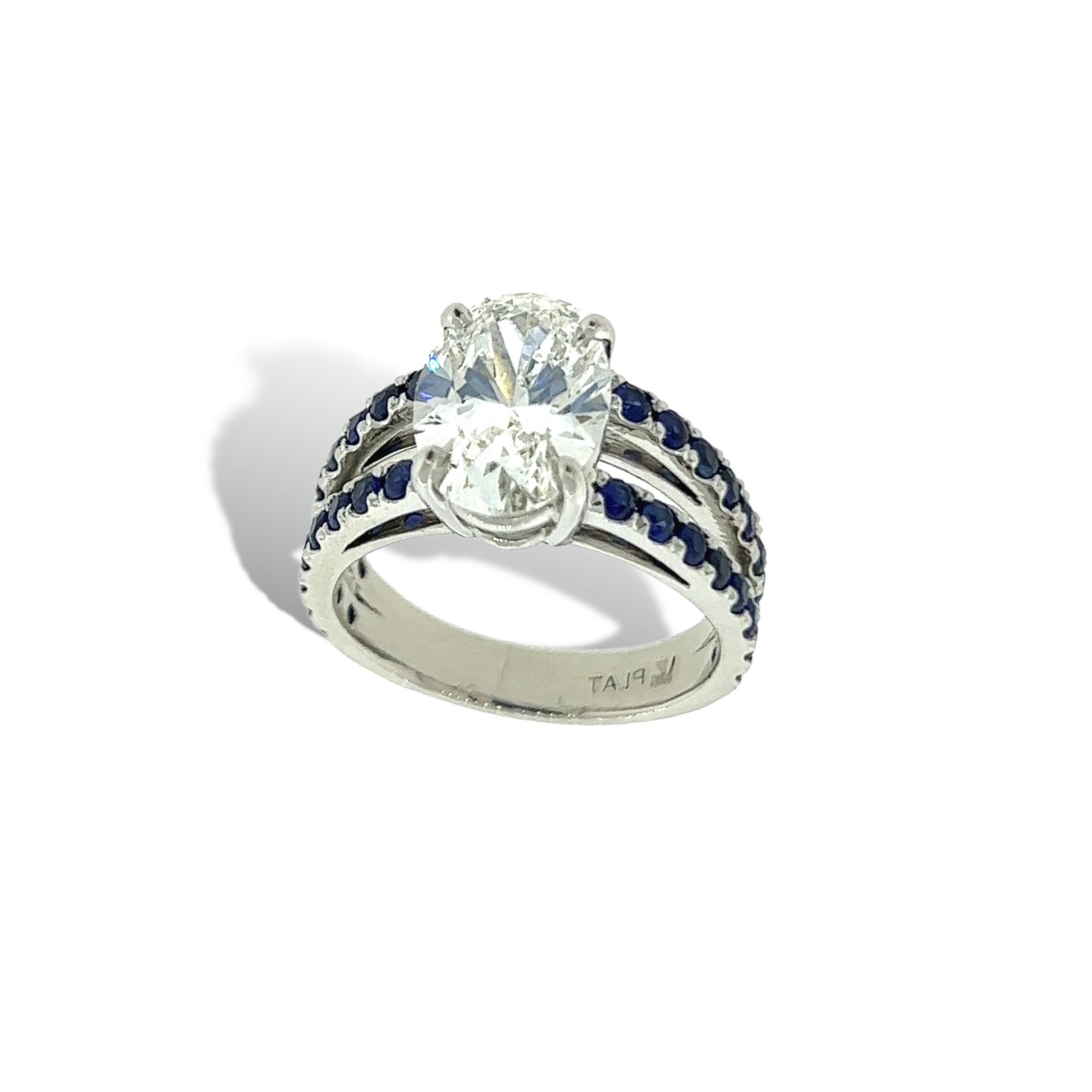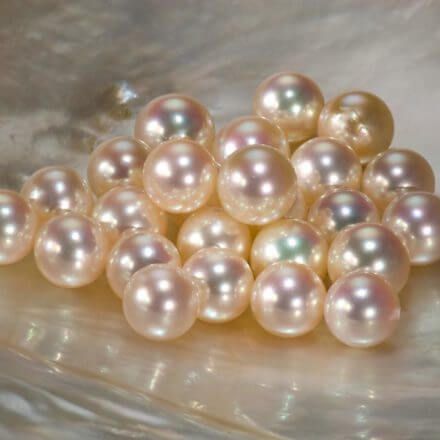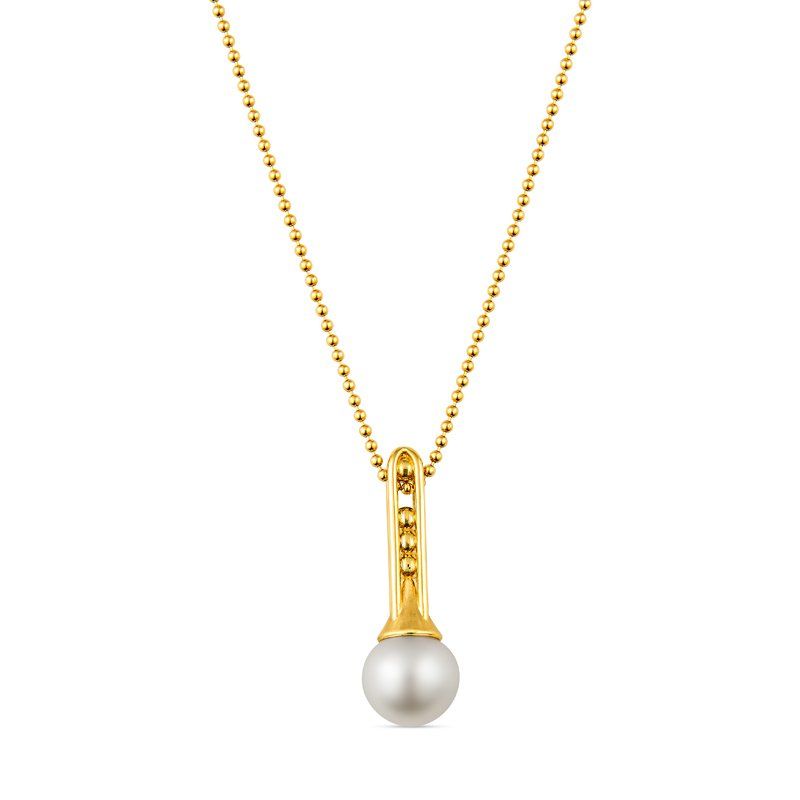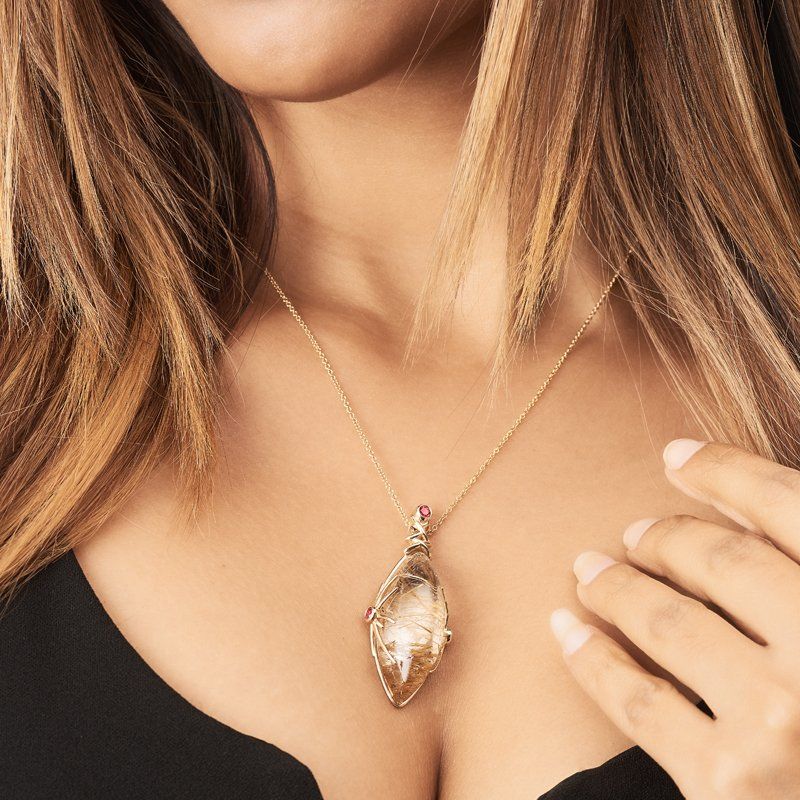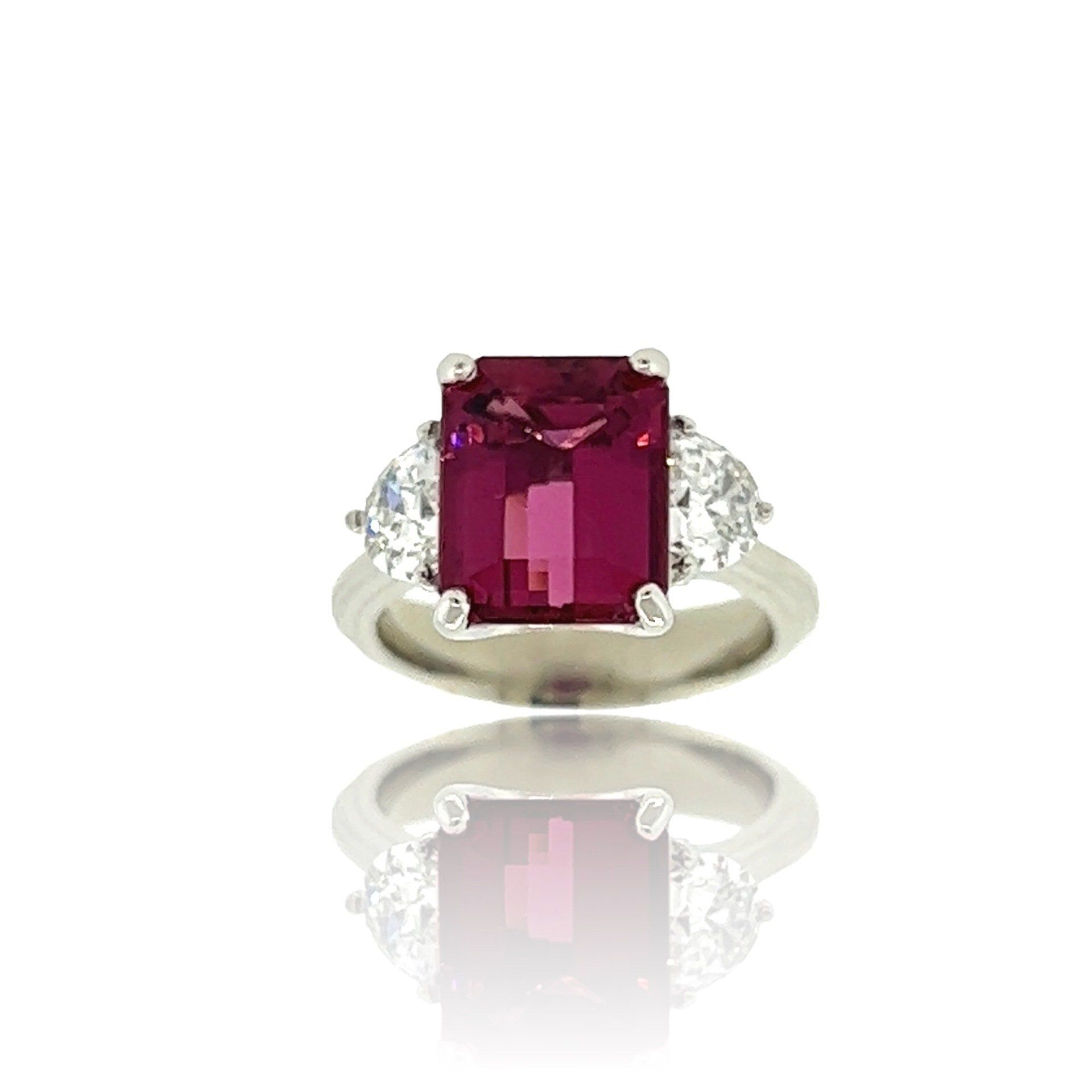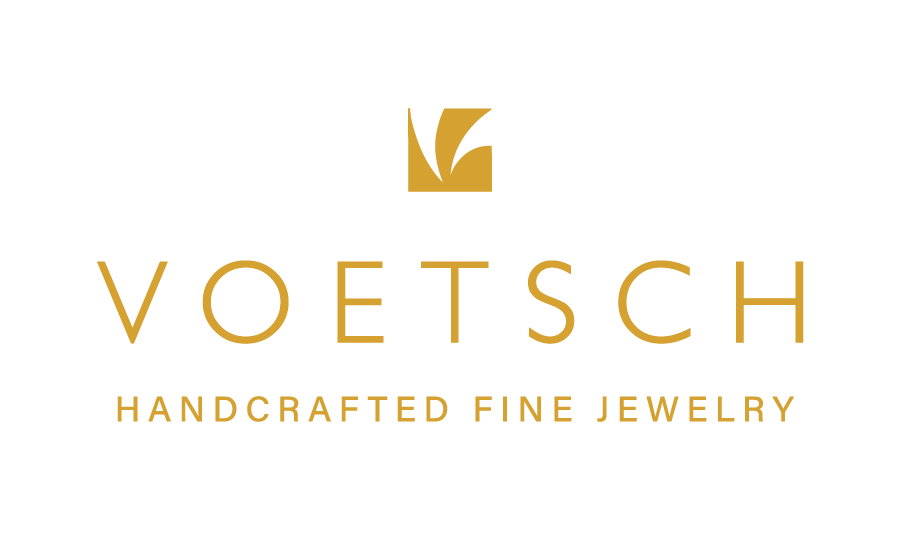Meet Carrie Zara Awan Designer at JBD
I am inspired by the details, the small intricate touches that make a jewelry piece reflect the designer. When all those little details come together they create something precious, a little world that the wearer gets to enjoy.

Early influences from medieval reliquaries to the colors of the mughal empire. Pattern as ornamentation and pattern as a storyteller are key.
My jewelry is many layers of detail. I am a lover of pattern and CAD technology allows me to embrace the intricate layers that were beyond me when hand carving waxes was my only option.
I began working with Phil Voetsch at Jewelry By Design 18 years ago after completing my B.F.A. in Design from the University of Kansas. When I started I didn’t own a computer and had very rarely used one. We still did design work on paper which was translated into a three-dimensional wax by a master wax carver.
In 1999 I began working with Digital Goldsmith which in essence is a watered down version of Photoshop that was created for the jewelry industry. This literally was a whole new tool box to play with, it allowed me to combine elements that were beyond my drawing skills and taught me about scale. The drawback was still that my designs had to be interpreted by either a master carver or done on true CAD which was in its infancy.

Digital Goldsmith Design translated to CAD.
Phil Voetsch has always been on the cutting edge of jewelry technology and has allowed me access to new programs and new tools to unlock my creativity. These days I use a hybrid of my first program that was centered in the two-dimensional world with CAD elements which has brought these new pieces to life.

New Ring Designs
See some of Carrie’s pieces here:
The post Meet Carrie Zara Awan Designer at JBD appeared first on Official Jewelry By Design Website.
